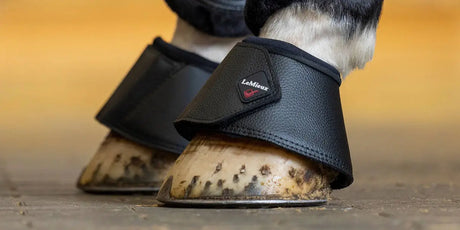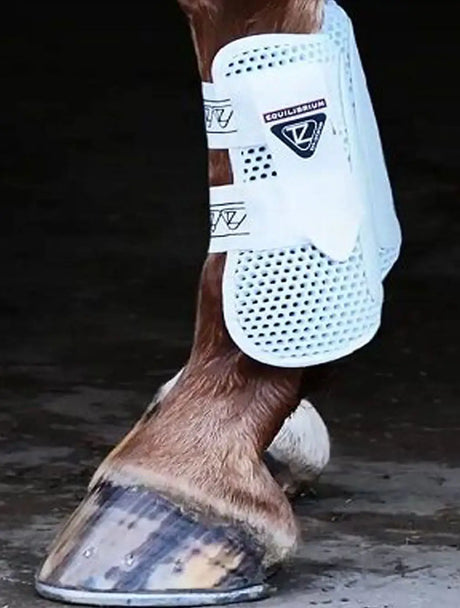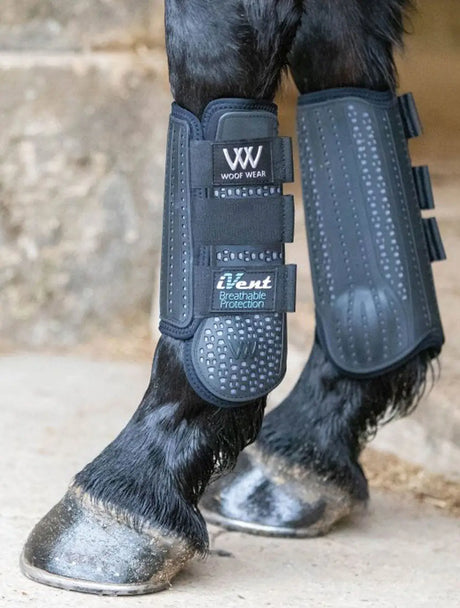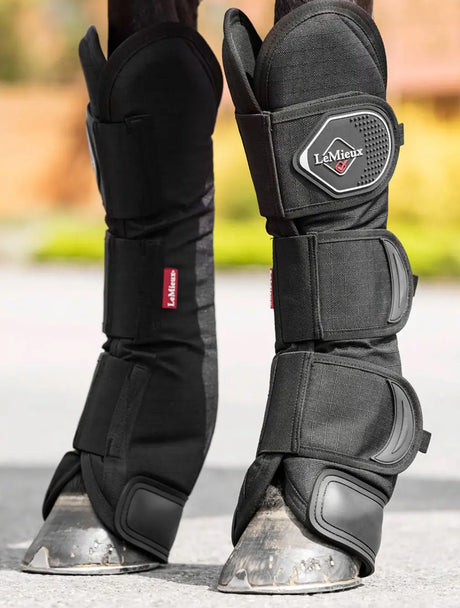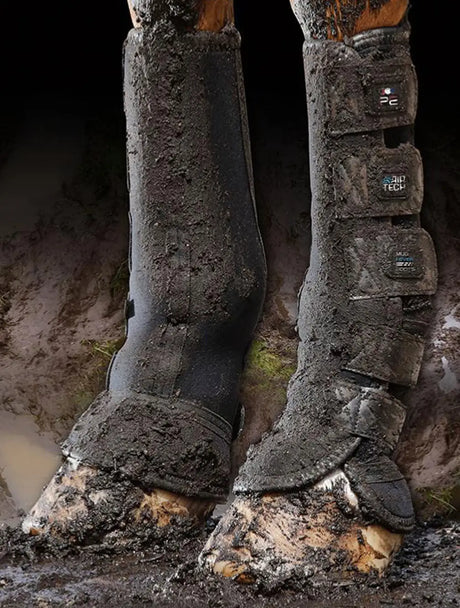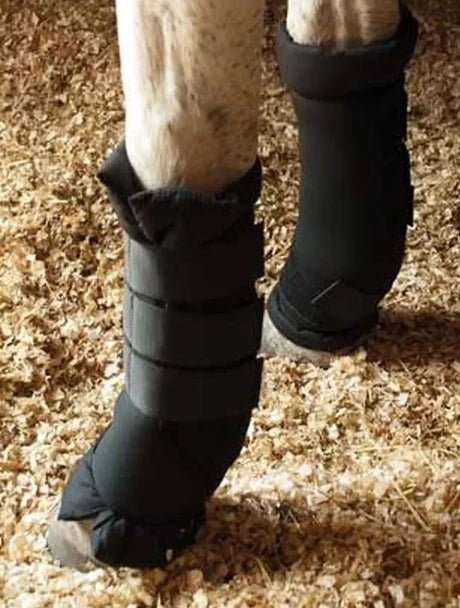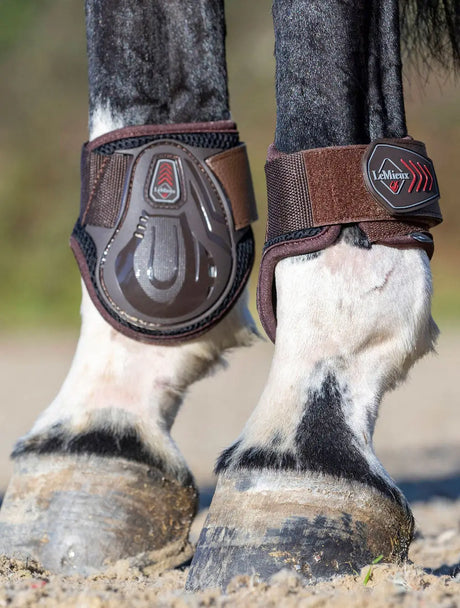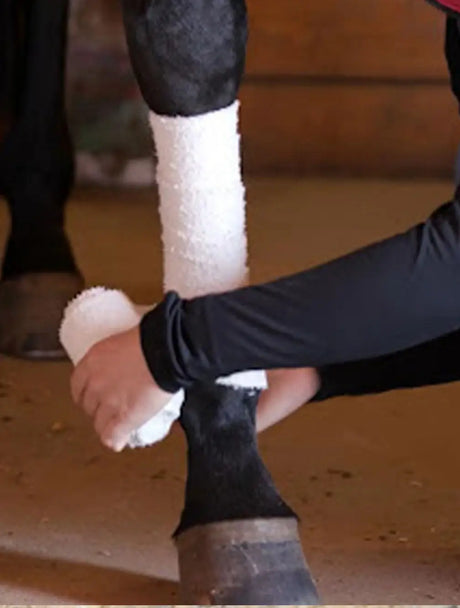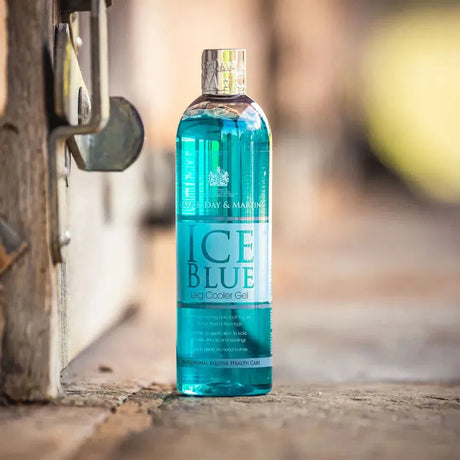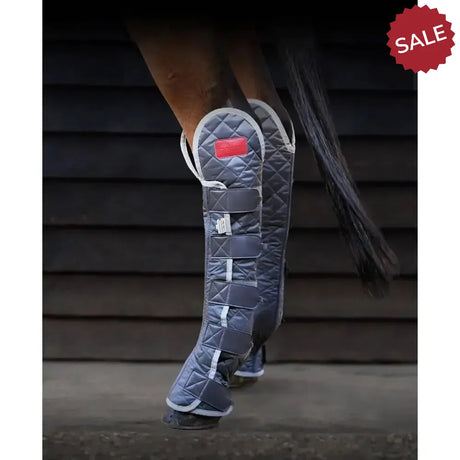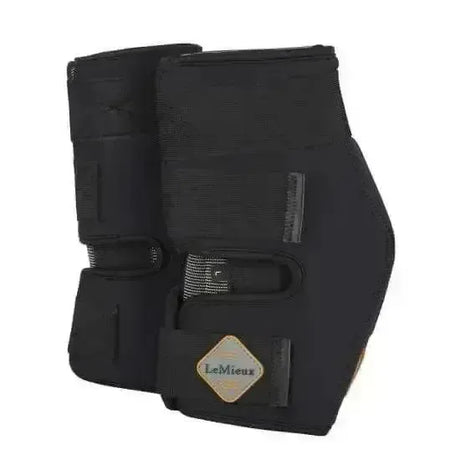Knee & Hock Boots
Order Before 2pm For FAST NEXT DAY Delivery Service
- Featured
- Best selling
- Alphabetically, A-Z
- Alphabetically, Z-A
- Price, low to high
- Price, high to low
- Date, old to new
- Date, new to old
FiltersFilter & Sort
-
Equilibrium Magnetic Chaps Hind & Hock
(1)ReviewsFrom £57.78£89.99Save OnlineUnit price /Unavailable -
LeMieux Conductive Magno Hock Boots
£94.95£99.95Save OnlineUnit price /Unavailable
Horse Boots For Specific Jobs
- Shop The Full Range-
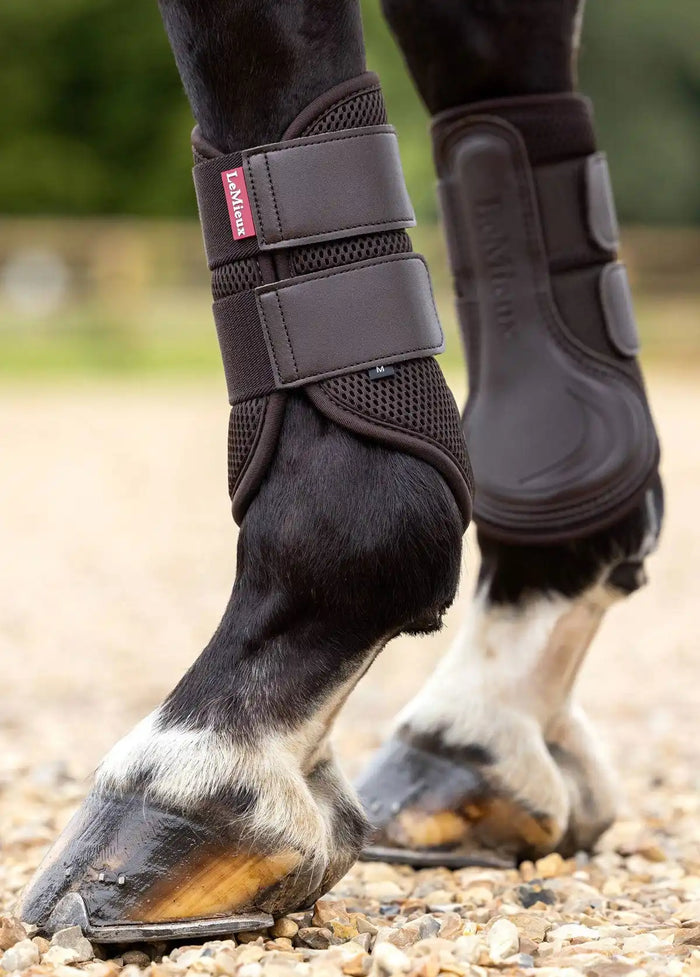
-
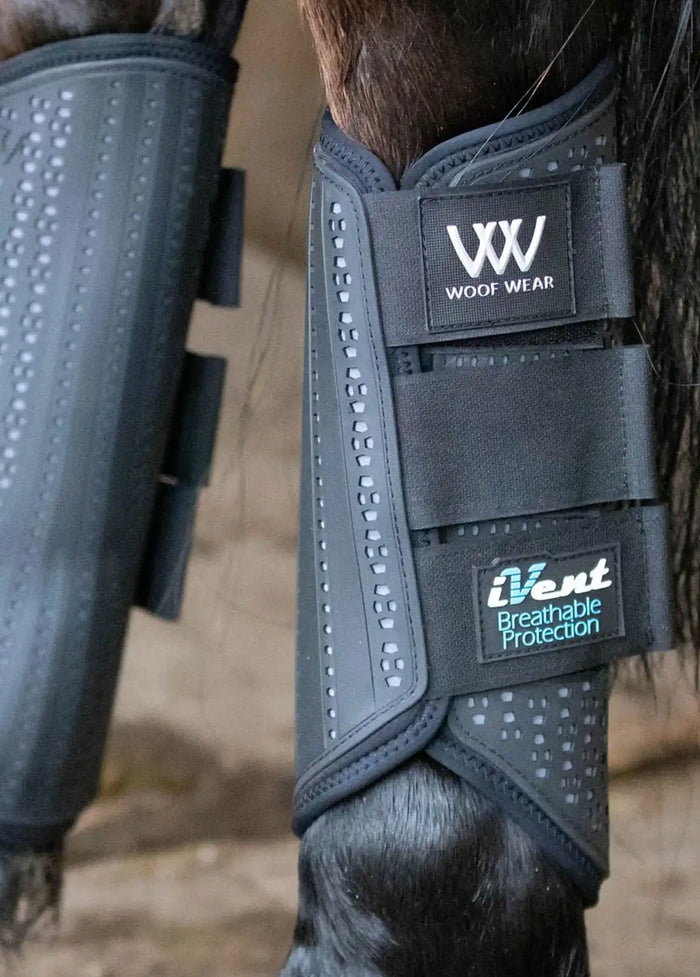
Eventing & Showjumping Boots
Horse boots specifically designed for jumping, offering protection to the back of the from legs and the insides of hind legs
-
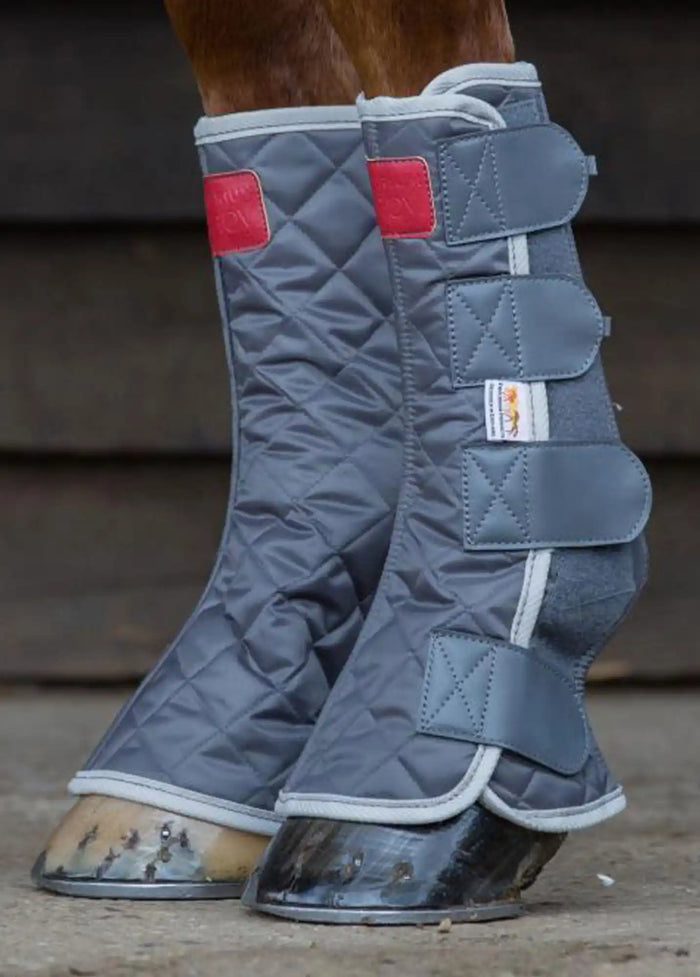
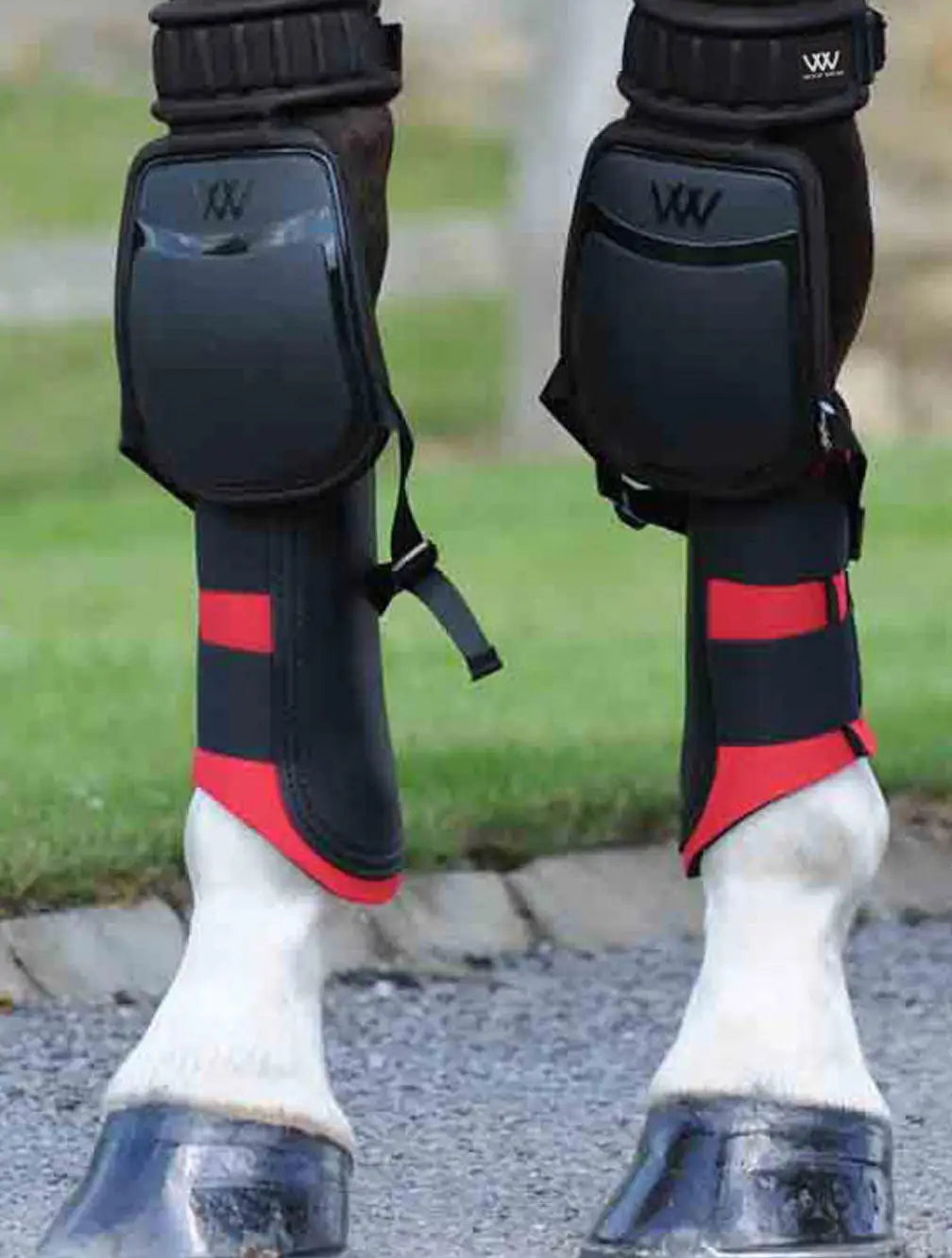
Knee & Hock Boots
Knee boots and hock boots are specialized protective gear designed to shield specific joint areas of a horse during work, transport, or turnout. These boots provide targeted protection and support to vulnerable joints like the knees (carpal joints) and hocks (tarsal joints), which are prone to injury due to their exposed location and the stress placed on them during movement.
Knee Boots:
Knee boots are designed to protect the front legs, specifically the knee joint (carpus), from impact, abrasions, and injury. They are commonly used for horses prone to stumbling, horses in intense work, or during activities where the knees may be at risk of striking objects or the ground.
Key Features of Knee Boots:
- Impact Protection: Knee boots typically feature padded or reinforced areas over the knee to guard against impacts and abrasions.
- Secure Fit: They are designed to fit snugly around the knee, usually fastened with adjustable straps or Velcro to ensure they stay in place during movement.
- Durable Outer Shell: The outer layer is made from durable materials such as synthetic leather, neoprene, or hard plastic to provide maximum protection from knocks and scrapes.
- Flexibility: Knee boots are designed to allow the horse's knee to flex and move freely while still providing protection.
- Water-Resistant: Many knee boots are made from water-resistant or washable materials to withstand various weather conditions and make them easy to clean.
When to Use Knee Boots:
- Riding on Hard Surfaces: Horses that work on hard or rough terrain may use knee boots to prevent injury from stumbling or striking the knees on the ground.
- Cross-Country and Eventing: In disciplines like cross-country or trail riding, where horses may encounter obstacles like fences or ditches, knee boots provide extra protection.
- Injury-Prone Horses: Horses with a history of knee injuries or who have poor coordination and are prone to stumbling benefit from knee boots.
- Training or Lungeing: They can also be used during training or lungeing sessions where the horse might knock its knees or be more likely to stumble.
Popular Brands for Knee Boots:
- Woof Wear: Known for offering durable, comfortable knee boots suitable for various disciplines.
- Shires: Produces strong, affordable knee boots that offer solid protection and support.
- LeMieux: Offers knee boots with high-quality materials and ergonomic designs for a comfortable fit.
Hock Boots:
Hock boots are designed to protect the hock joints (the "elbow" of the hind legs) from injury. They are often used to prevent rubbing, protect against knocks, and provide light support during rest, transport, or work. Horses with existing hock injuries or those recovering from surgery may also benefit from wearing hock boots.
Key Features of Hock Boots:
- Targeted Protection: Hock boots provide padding or reinforced areas over the hock to guard against abrasions, bruising, or scrapes from lying down, transport, or rough surfaces.
- Ergonomic Design: Designed to conform to the horse’s hock, hock boots often have a cut-out area or flexible panels to allow for freedom of movement while protecting the joint.
- Adjustable Fastening: They use multiple Velcro straps or buckles to ensure a secure, non-slip fit around the hock without restricting movement.
- Breathable Materials: Many hock boots are made from breathable, moisture-wicking fabrics to keep the horse comfortable during prolonged use.
- Therapeutic Options: Some hock boots include therapeutic elements such as heat retention, magnetic inserts, or cold therapy options to aid in injury recovery or provide joint relief.
When to Use Hock Boots:
- Transport: During travel, hock boots protect the hocks from bumps, knocks, and rubbing against the trailer or horsebox.
- Turnout: Hock boots can be worn during turnout for horses that are prone to injury, particularly those with sensitive hocks or existing injuries.
- Rest and Recovery: Horses recovering from hock injuries, surgery, or those prone to pressure sores from lying down may benefit from wearing hock boots in the stable.
- Preventing Scrapes and Rubs: Hock boots are ideal for horses that develop sores or rubs on their hocks due to laying down on rough or hard surfaces.
Types of Hock Boots:
- Standard Hock Boots: General protective boots with padded or reinforced areas, ideal for daily use during turnout, rest, or transport.
- Therapeutic Hock Boots: These boots offer heat retention, magnetic therapy, or cold therapy options to help with joint inflammation, arthritis, or injury recovery.
- Transport Hock Boots: Specifically designed for use during travel, these boots have extra padding and durable outer shells to protect the horse from bumps and knocks during transit.
Popular Brands for Hock Boots:
- Veredus: Known for their advanced therapeutic hock boots, offering magnetic or cold therapy options for injury recovery.
- WeatherBeeta: Provides durable, well-fitting hock boots with breathable fabrics and secure fastenings.
- Equilibrium: Offers high-quality hock boots designed for both general protection and therapeutic purposes.
How to Choose and Fit Knee and Hock Boots:
- Size and Fit: Ensure the boots fit snugly but not too tight, as incorrect fitting can cause discomfort or restrict movement. Both knee and hock boots should cover the joint adequately while allowing free movement.
- Durability: Choose boots made from high-quality, durable materials that can withstand rough use or harsh weather conditions.
- Purpose: For horses in recovery, consider boots with therapeutic benefits like heat or magnetic therapy. For transport, opt for heavily padded versions.
- Breathability: Look for breathable materials, especially if the boots will be worn for extended periods or in warmer weather.
Care and Maintenance:
- Clean boots regularly to prevent dirt buildup and potential skin irritation.
- Check for signs of wear and tear, especially on the padding and fastenings.
- Allow boots to dry fully between uses to prevent moisture buildup that can lead to skin issues.
Knee and hock boots are valuable for protecting vulnerable joints, especially in horses prone to injury, in recovery, or engaging in high-risk activities. Would you like specific recommendations for your horse’s needs or guidance on therapeutic options?

